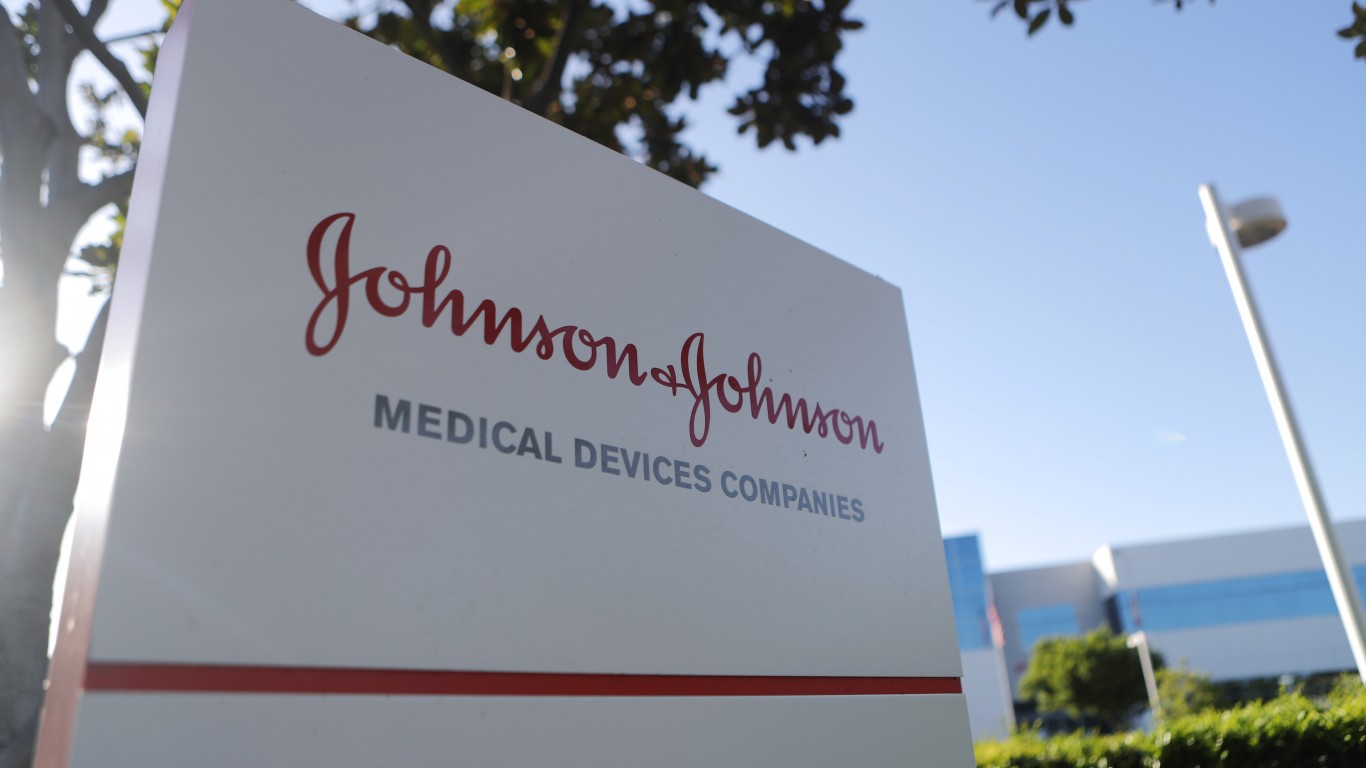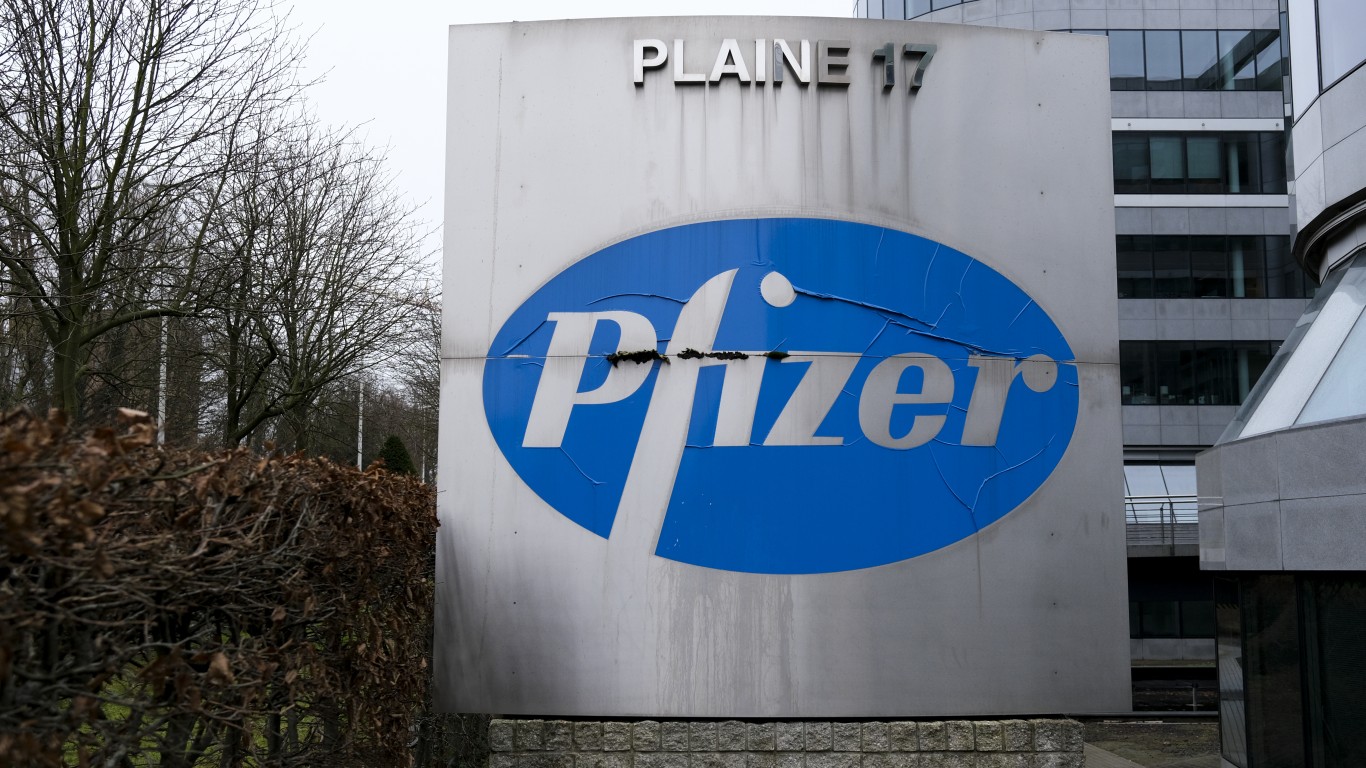
Investors have long sought to maximize gains by timing the market – buying low and selling high. However, success in trading, or investing over relatively short-term time frames, generally requires precise timing on both ends. That can be a challenging and costly proposition due to brokerage fees and taxes.
Instead of trying to time the market, many investors may want to focus instead on making long-term investments that may provide greater (and more tax-advantaged) gains over the long-term. For those with decades ahead on their investing journey, sitting on a well-diversified portfolio of stocks can do wonders for an individual investor’s mindset and wealth-building potential.
While passive index funds are great options to consider in this regard, there are a number of blue-chip stocks I think make perfect long-term holdings for those stock pickers out there. These three companies are ones I’d put in the long-term bucket as potential out-performers in most market environments.
Key Points About This Article:
- Long-term investing requires picking the right stocks with the appropriate risk profiles for investors to sit on and be patient with.
- The following three companies appear poised to continue to provide consistent and steady returns over the long-haul, and are worth considering for a decade-long hold (or more).
- If you’re looking for some stocks with huge potential, make sure to grab a free copy of our brand-new “The Next NVIDIA” report. It features a software stock we’re confident has 10X potential.
Meta Platforms (META)

Meta Platforms (NASDAQ:META) is a top social media giant that really doesn’t need any introduction. The Facebook and Instagram giant has a solid core business which spits off cash flow like few others in the market. Accordingly, the company’s recent surge can be attributed mostly to fundamentals – something many top growth stocks can’t boast.
In the company’s most recent quarter, Meta announced it would be expanding its AI spending spree, now forecasting to spend between $37 and $40 billion this year alone. This heightened capital spending plan is a move CEO Mark Zuckerberg is making to transform Meta into a top AI company globally by year end.
That’s an ambitious goal, and it’s certainly one investors are paying attention to. However, that’s to say nothing of the company’s strong core business which has seen significant digital advertising growth fueled by widespread internet and smartphone use. The company’s Q2 2024 revenue of $39.1 billion was 136% higher than five years prior, with the global digital ad market expected to grow at a 15.5% annual rate. Meta’s operating margin came in at an impressive 38%, with its apps segment achieving a 50% margin, highlighting Meta’s significant profitability and growth potential.
Meta generated $23.4 billion in free cash flow in the first half of the year, which CEO Mark Zuckerberg invested in stock buybacks and dividends. A leader in tech and internet sectors, Meta is heavily investing in AI, including the Meta AI chatbot for creating images and handling various user prompts. Meta’s strong competitive edge is reinforced by its vast user base of 3.27 billion daily app users, enhancing its appeal to advertisers through significant engagement and network effects.
Johnson & Johnson (JNJ)

Johnson & Johnson (NYSE:JNJ) is known for its stability and reliable dividends, and continues to be a strong pick for dividend investors. Despite recent legal issues and the spin-off of its consumer health division, the company maintains a diverse revenue base in the pharmaceuticals, medical devices, and consumer products sectors. With a 3.1% dividend yield and a five-year dividend growth rate of more than 6%, JNJ stock offers consistent dividend growth and a resilient stock price. This makes the pharma giant appealing to many investors looking to compound their gains over time via dividend appreciation.
Notably, Johnson & Johnson recently agreed to acquire V-Wave Ltd., a company developing heart failure treatments, for a $600 million up-front payment as well as potential additional payments up to $1.1 billion. V-Wave will become part of Johnson & Johnson MedTech, enhancing its role in cardiovascular innovation and expanding its market presence.
The stock’s stable performance is supported by strong earnings and a focus on high-growth areas like oncology and immunology. Johnson & Johnson’s recent spin-off of Kenvue has allowed J&J to sharpen its focus on core businesses, potentially enhancing growth. Analysts are optimistic, with upgrades following the Kenvue split. I think the company’s robust drug pipeline is likely to boost revenue, as ongoing legal resolutions add further stability to this name.
Pfizer (PFE)

In early 2024, Pfizer (NYSE:PFE) saw a rise in non-COVID revenues from key products like Prevnar and Eliquis. The company also had a number of notable product launches and acquisitions, including the purchase of Nurtec and Seagen assets. This trend is expected to persist over the long-term. But that’s not to say Pfizer isn’t concerned about its bottom line. With ongoing cost-cutting and restructuring plans underway, Pfizer aimed to save $4 billion in 2024.
The company continues to offer a robust 5.8% dividend yield, maintaining its commitment to regular payouts for income investors who are happily paid to wait for another bull market in the big pharma space.
In the company’s recent earnings report, Pfizer raised its 2024 adjusted EPS guidance to $2.45-$2.65, up from $2.25, and increased its revenue forecast to $59.5-$62.5 billion, a 4% midpoint rise from 2023. The stock’s appeal lies in its sector leadership, innovation track record, and compelling value, with a forward P/E ratio of 11-times and a high dividend yield of 5.8%, based on a $0.42 quarterly payout.
The company aims to restore investor confidence by showing progress in its long-term strategy. In Q2 earnings, revenue grew by 3% year-over-year, or 14% excluding the declining COVID-19 programs, Comirnaty and Paxlovid. This growth was fueled by strong sales of Vyndaqel, Eliquis, and the recently acquired Seagen, as well as increased demand for Nurtec. Pfizer’s cost realignment efforts, targeting $4 billion in savings by year-end, contributed to the success, with Q2 adjusted EPS of $0.60 exceeding Wall Street’s $0.46 estimate.
Take Charge of Your Retirement In Just A Few Minutes (Sponsor)
Retirement planning doesn’t have to feel overwhelming. The key is finding expert guidance—and SmartAsset’s simple quiz makes it easier than ever for you to connect with a vetted financial advisor.
Here’s how it works:
- Answer a Few Simple Questions. Tell us a bit about your goals and preferences—it only takes a few minutes!
- Get Matched with Vetted Advisors Our smart tool matches you with up to three pre-screened, vetted advisors who serve your area and are held to a fiduciary standard to act in your best interests. Click here to begin
- Choose Your Fit Review their profiles, schedule an introductory call (or meet in person), and select the advisor who feel is right for you.
Why wait? Start building the retirement you’ve always dreamed of. Click here to get started today!
Thank you for reading! Have some feedback for us?
Contact the 24/7 Wall St. editorial team.





